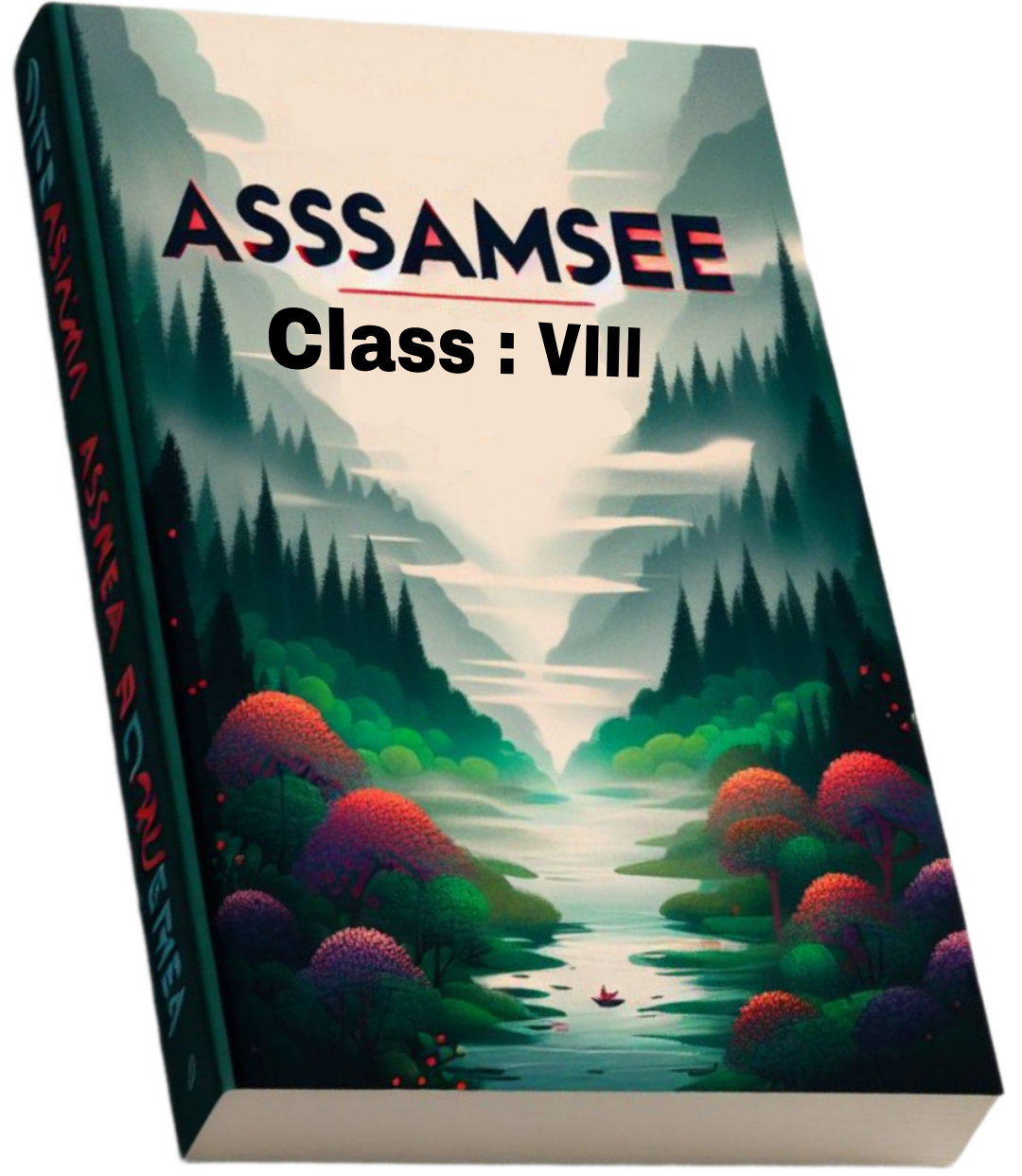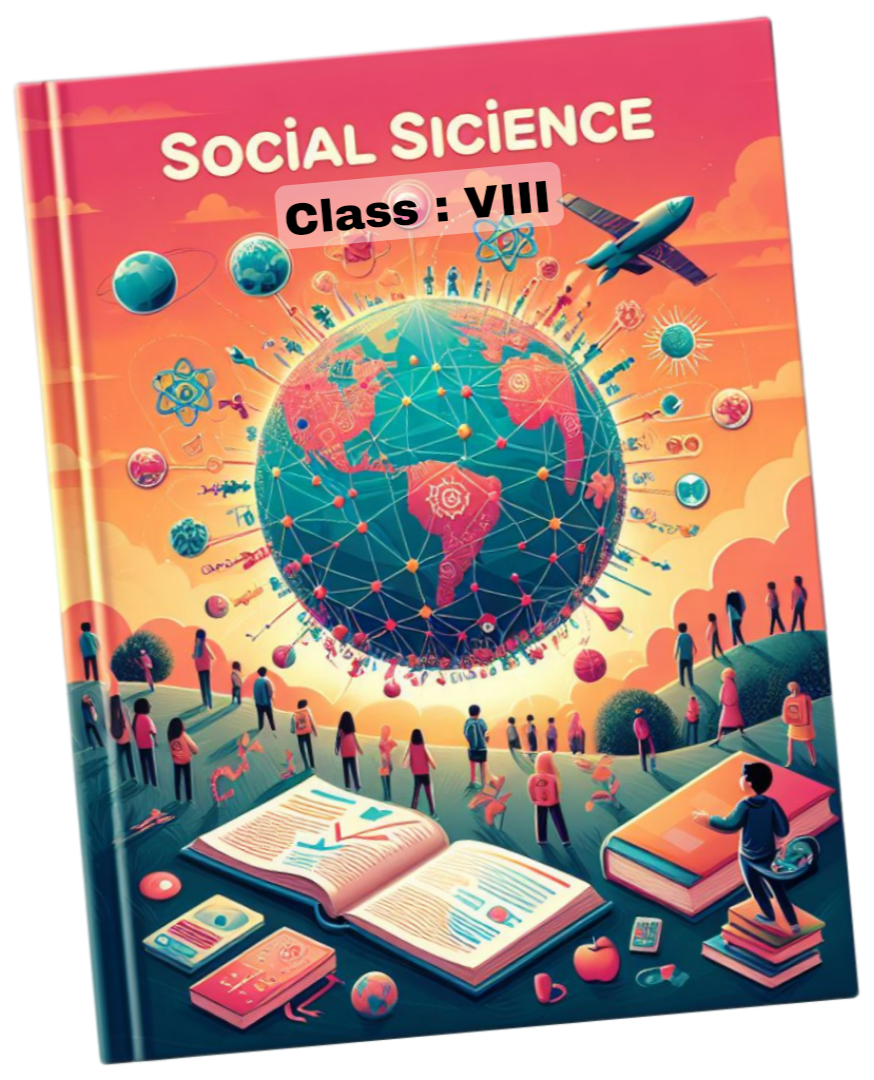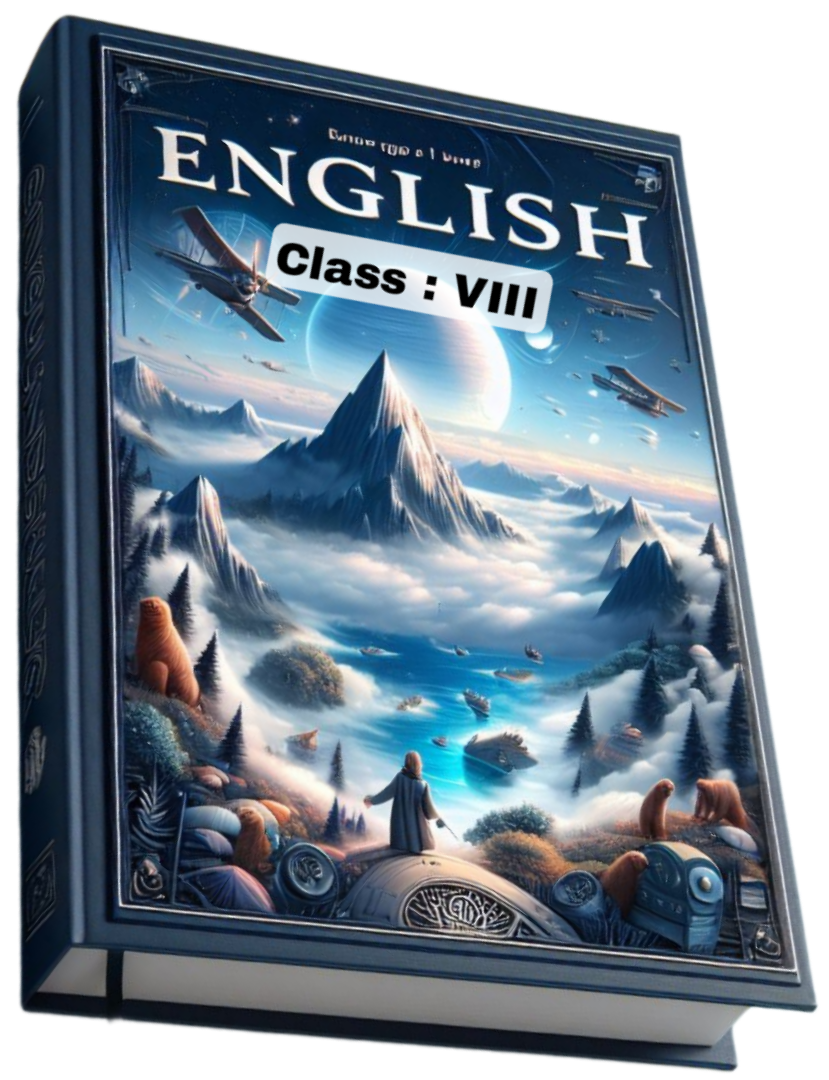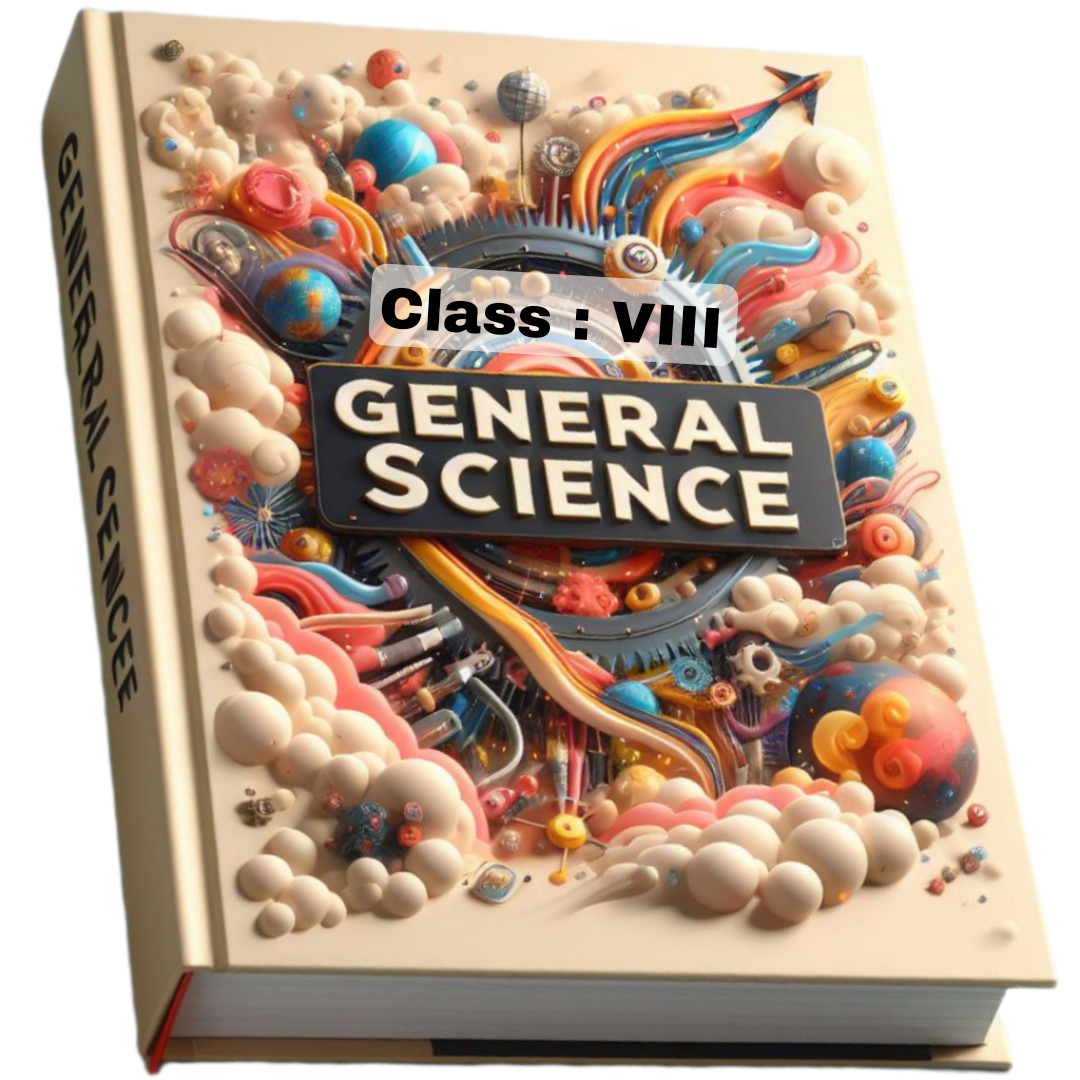(Anundoram Borooah Academy)
EXERCISE (অনুশীলনী) :
A. Answer the following questions
(তলত দিয়া প্ৰশ্নবোৰৰ উত্তৰ দিয়া) :
1. What are fairies and witches?(পৰী আৰু ডাইনীবোৰ কি?)
Answer :
Fairies are imaginary creatures in the forms of tiny human beings, exisiting in a child's imagination. They were supposed to move in a dainty manner and with great speed.
Witches are ugly women who were supposed to cast evil spells. They were known to move at a great speed by flying through the air on their broom sticks.
2. What are the things seen by the poet from the railway carriage?
(ৰেলৰ ডবাৰ পৰা কবিয়ে কি কি বস্তু দেখা পাইছে?)
Answer : The things seen by the poet from the railway carriage are birdges, houses, hedges, ditches, horses, cattles, painted stations, child, tramp daisies, man, mill and river.
3. How is the movement of the things seen by the poet described?
(কবিয়ে বর্ণনা কৰা বস্তুবোৰৰ গতি কেনেকুৱা ?)
Answer : The poet gives a poetic description of the movements of the things seen by the poet from the railway carriage. The movements of the things are like charging of troops in a battle field. The movement of the hills and plain is like the driving rain and Nike the wink of the eyes. The movement of the mill and river is like the glimpse of light.
4. What is 'charging along' and why is it called 'like troops in a battle'?
('charging along 'কি? আৰু ইয়াক 'like troops in a battle' বুলি কিয় কোৱা হৈছে?)
Answer : 'Charging along' refers to the movement of troops who run ahead to attack the enemies. Here the poet compares the movement of the train with the movements of troops in the battlefield.
5. What are the sights that fly as thick as driving rain'?
(কোনবোৰ দৃশ্য দ্ৰুতবেগত অহা বৰষুণৰ দৰে উৰি যায়?)
Answer : The sights of the hill and plain 'fly as thick driving rain'.
6. How are the hills and plains portrayed by the poet?
(কবিৰ দ্বাৰা পাহাৰ আৰু সমভূমি কিদৰে চিত্ৰিত কৰা হৈছে?)
Answer : The poet portrays the hills and plain in motion. With the running of the train they seem to fly by as thick as driving rain.
7. What does the child do?
(শিশুটোৱে কি কৰে?)
Answer : The child clambers and scrambles and gathers brambles.
8. What is 'tramp' and what is he doing?
('tramp'কি আৰু সি কি কৰি আছে?)
Answer : The 'tramp' refers to a homeless wanderer. He stands and gazes at the stringing daisies.
9. How does a cart run? Who is the 'man' quoted here?
(গৰু গাড়ী কিদৰে যায়? ইয়াত উল্লেখ কৰা মানুহজন কোন?)
Answer : The cart runs like a lame man with load on his head. The man quoted here is the cartman.
10. Does the poet see anyone on the road?
(কবিয়ে কাৰোবাক ৰাস্তাত দেখা পাইছেনে?)
Answer : Yes.
11. What are the sights seen from the train, in the first stanza?
(প্রথম অনুচ্ছেদত উল্লেখ কৰা মতে, কোনবোৰ দৃশ্য ৰেলৰ পৰা দেখা গৈছে?)
Answer : The sights seen from the train as described in the first stanza are bridges and houses, hedges and ditches which seem to pass by faster than fairies and witches. The sights of hills and plains that seem to fly as fast as driving rain. The painted stations that pass with the speed of the wink of eyes.
12. Who are the people mentioned in the second stanza and what are their activities?
(দ্বিতীয় অনুচ্ছেদত উল্লেখ কৰা ব্যক্তিসকল কোন কোন আৰু সিহঁতে কি কাম কৰিছে?)
Answer : The people mentioned in the second stanza are a child, a tramp and a cartman. The child clambers and scrambles and gather brambles. The Tramp stands and gazes. The cartman runs away like a lame man with load.
Updated on 15th October 2023
By :- J.A.C | B.Sc | D.C.A

.jpg)

.jpg)

















0 Comments